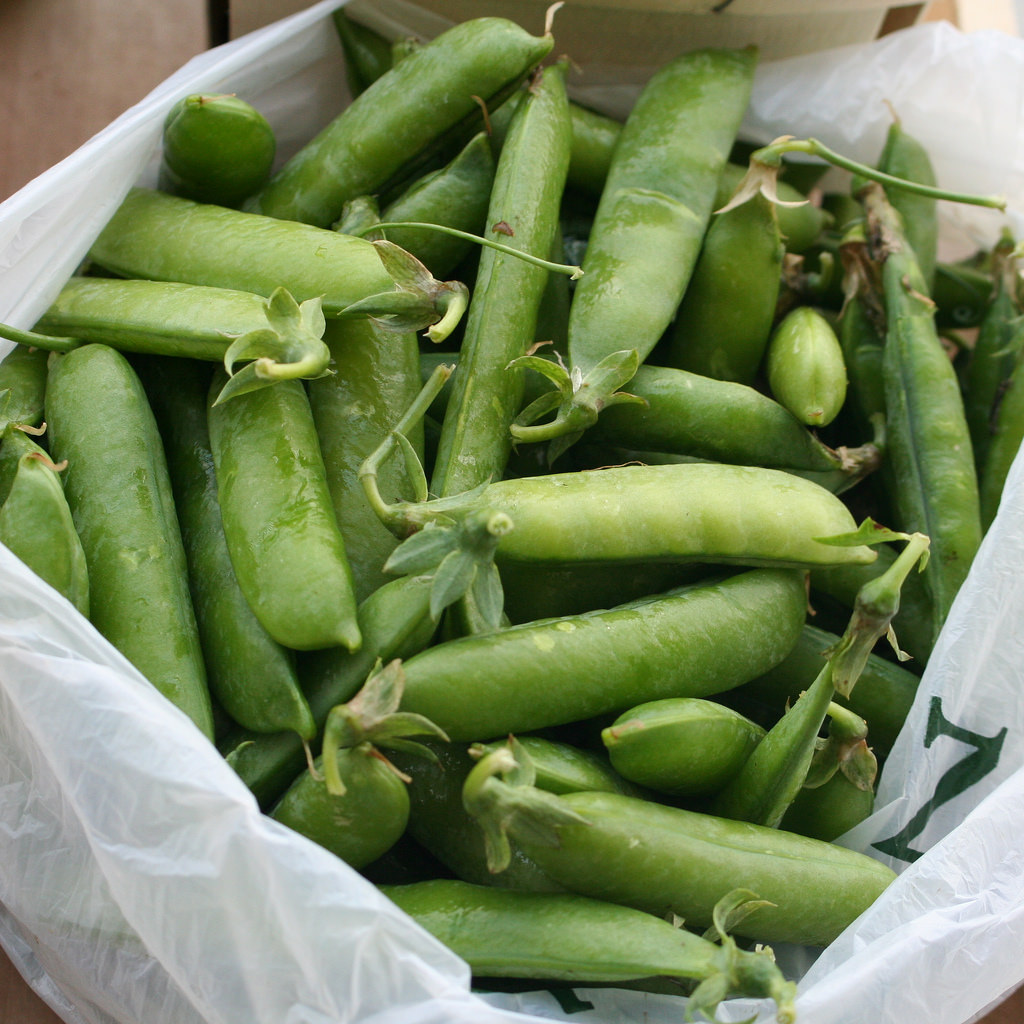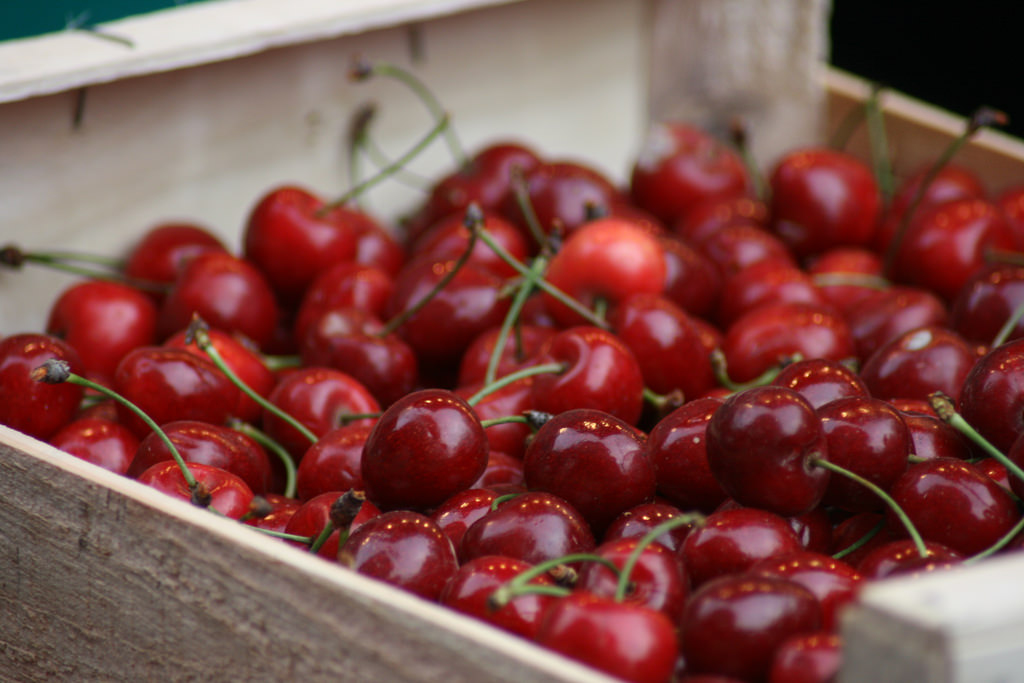The lychee, Litchi chinensis, is a member of the soapberry family along with the rambutan and longan. It is the sole member of the Litchi genus. Lychee also goes by the names lichi, laichi, leechee, or vai. It is a sweet, juicy fruit with a translucent flesh and an easy to peel skin.
The lychee is native to the low elevation areas of southern China, and is produced commercially in China, India, all over southeast Asia, and in South Africa.
Growing Lychee Trees
The lychee trees are evergreen and dense with shiny, leathery leaves that are reddish in color when very young and grow to be green. The trees grow to about 30 feet with a spread as tall as the tree. Like the longan, it produces three types of flowers. For the lychee flowers: male (which appear first), hermaphrodite (fruiting as males), and hermaphrodite (fruiting as females). The lychee flowers are pollinated by insects.
They are wind sensitive, and need protection from the wind as they grow, and young lychees are very frost sensitive. Older trees can withstand some frost if they have protection. Lychee trees like full sun and are tolerant to most soil types. Once established they are moderately drought tolerant.
Lychees are propagated primarily via air layering but also by grafting, since the fruit does not reproduce true from seed. An air layered tree takes about 5 years to fruit.
Lychee Varieties
There are many different cultivars that produce good fruit. Here are some of the popular types.
- Vai Thieu – Native to Vietnam, sweet, dry fruit that is regular bearing.
- No Mai Tsze – Leading Chinese variety, large, red skin, crisp flavor, great for drying.
- Groff – Small fruit with small seeds, late season fruiting.
- Kwa Iuk or Kua Lu – Large, red skin, fragrant and flavorful.
- Hak Ip or Hei Yeh – Chinese cultivar, smooth and soft red skin, medium sized fruit with a sweet, crisp flavor, sometimes the fruit has a pinkish hue.
- Brewster – Pink medium to large sized fruit with pink flesh and purple skin.
- Nguyen Hong – Vietnamese cultivar, medium sized fruit and small seeds, sweet flavor with a fairly high yield.
- Mauritius – Medium sized fruit, frost sensitive variety, early season fruiting.
Harvesting Lychee
The lychee doesn’t ripen further when picked young, so the fruit needs to be fully ripe when picked. The fruit grows in clusters, so when harvesting lychee, cut off the entire cluster group. Eat immediately or store at room temperature for a few days. They can also be stored in the refrigerator for about a month, but can also be frozen whole.
MCPG and Hypoglycemic Encephalopathy in Children
Lychee fruit contains the compound methylene cyclopropyl-glycine (MCPG), and can cause hypoglycemic encephalopathy, a sickness that is often fatal. This toxin interferes with food metabolism, and malnourished and undernourished children are especially vulnerable because they have low blood sugars or are hypoglycemic. Where children are in areas of undernourishment, it is recommended that children limit their lychee consumption and have a meal before eating them in order to elevate their blood sugars to deter illness.
Sources:
“Fruits of Vietnam: Major Fruits.” Fruits of Vietnam. FAO Corporate Document Repository, n.d. Web. 28 Sept. 2017.
Gilman, Edward F. “Litchi Chinensis: Lychee.” EDIS New Publications RSS. Environmental Horticulture, 02 Dec. 2014. Web. 28 Sept. 2017.
“Lychee.” Lychee-Farmer’s Bookshelf. University of Hawaii Department of Tropical Plant and Soil Sciences, n.d. Web.
“LYCHEE.” LYCHEE Fruit Facts. California Rare Fruit Growers, Inc., 1996. Web. 28 Sept. 2017.
“Lychee.” Wikipedia. Wikimedia Foundation, 26 Sept. 2017. Web. 28 Sept. 2017.
Morton, Julia F. “Lychee.” NewCROP. Purdue University Center for New Crops and Plant Products, n.d. Web. 28 Sept. 2017.
SciDev. “Lychee Fruit Caused Deaths of Malnourished Children in India.” The Guardian. Guardian News and Media, 14 Jan. 2016. Web. 28 Sept. 2017.
Vieth, Robert. “Lychee.” University of California Cooperative Extension Ventura. Regents of the University of California, Division of Agriculture and Natural Resources, n.d. Web. 28 Sept. 2017.







